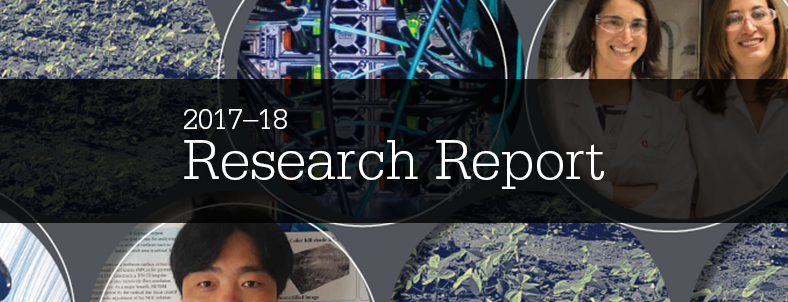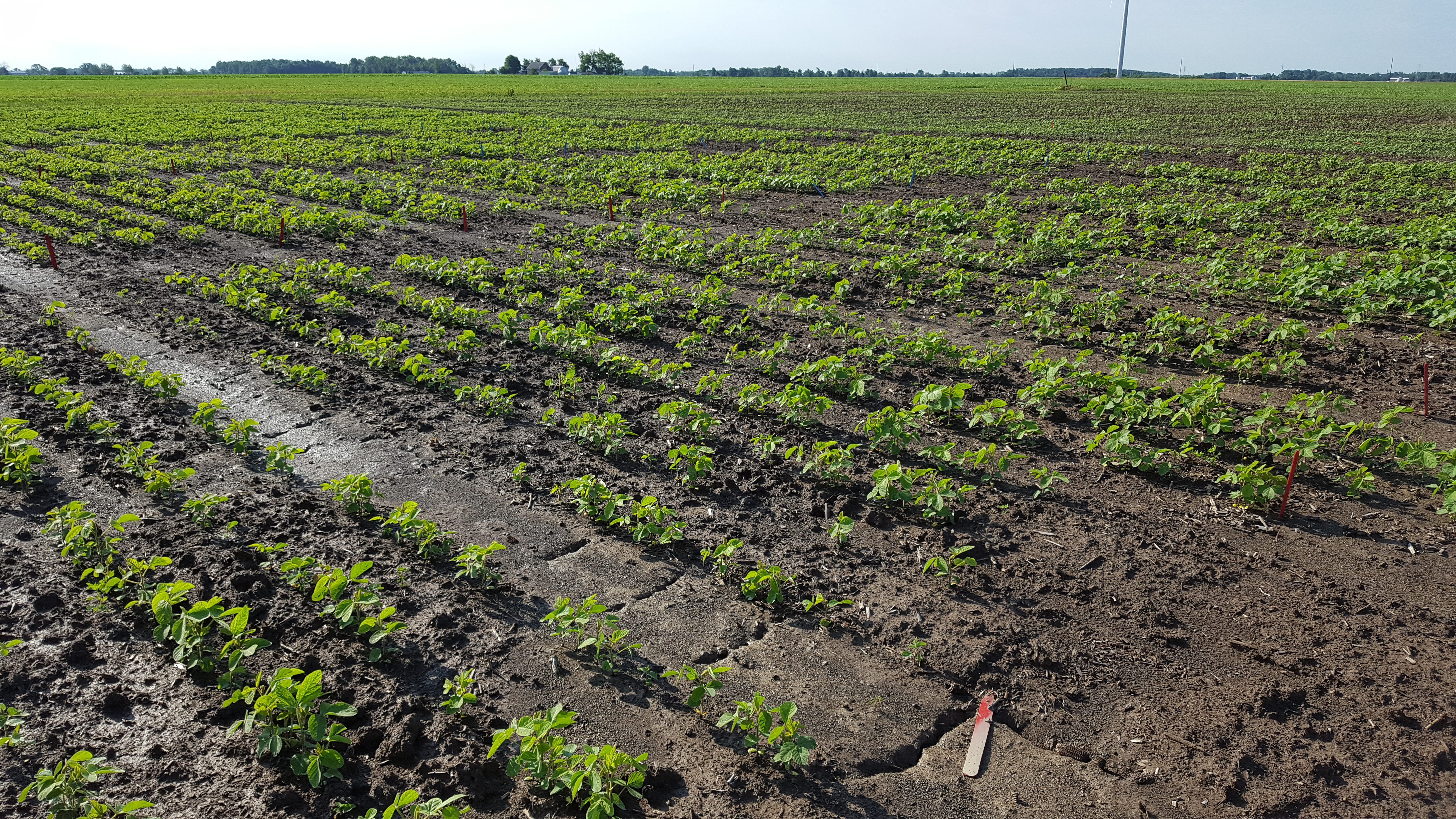Stephanie Karhoff grew up on farms with broad fields of soybeans, wheat and corn. Now, as an Ohio State University graduate student in the Translational Plant Sciences Graduate Program under faculty mentor Leah McHale, Ph.D., she leverages Ohio Supercomputer Center resources to search for a genetic answer to Phytophthora sojae, a water mold found in areas with poorly drained soils that causes Phytophthora root and stem rot (PRR).
Soybeans are the largest animal feed protein source and the second largest vegetable oil source in the world, and modified soybean oil is used as fossil fuel replacement in several products. Seed developers have been using selective breeding to generate varieties of soybeans resistant to specific strains of P. sojae. But, the mold has grown more complex and virulent in recent years and can infect plants with multiple resistance genes.
To develop a soybean plant that exhibits stronger resistance to a broad range of P. sojae strains, researchers like Karhoff are working to identify new sections of DNA, areas known as quantitative trait loci or QTL for short, which might contain multiple inheritable genes that together could prove resistant against a combination of strains of P. sojae.
“Major QTL are rare in this pathosystem, and the majority of QTL explain less than 20 percent of the phenotypic variance,” Karhoff explained. “Recently, we identified a major QTL on Chromosome 18, which explains up to 45 percent of the phenotypic variance.”
Karhoff moved her research from her department’s desktop servers to OSC systems to help narrow the potential candidate genes within Chromosome 18 down from an initial 222 locations to a more manageable 24, which she hopes to reduce even further in a future study. She ran several sequencing packages on the Center’s Oakley and Owens Clusters.
“OSC systems allowed us to study more variables in each run and to use and store much more data throughout the project,” she said. “OSC’s how-to guides helped make the transition easier, because I don’t have an extensive background in coding.”
Karhoff believes her work will contribute to researchers’ growing knowledge of the trait’s genetic architecture. She speculates that once a strong combination of resistance genes is identified, they could be bred into soybean cultivars and made available to farmers to help ensure higher yields in areas where PRR is present.
###
Written by Ross Bishoff
Project Lead: Stephanie Karhoff, Ph.D., The Ohio State University
Research Title: Transcriptomic analysis of soybean near-isogenic lines to identify candidate genes for major Phytophthora root and stem rot resistance QTL
Funding Source: United Soybean Board
Website: tpsgp.osu.edu/stephanie-karhoff

